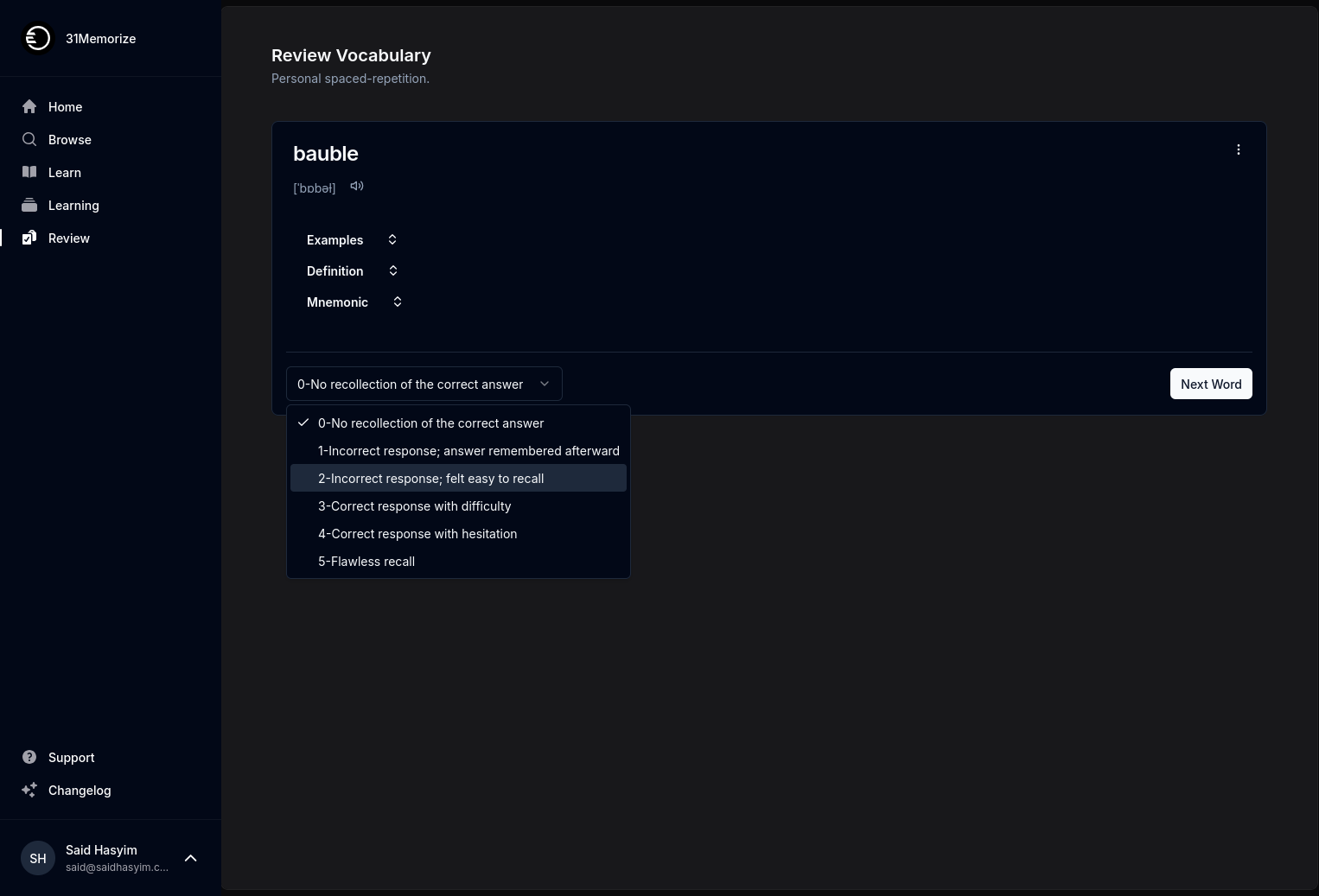Understanding Your Book’s Ratings Across Platforms
When you publish a book, whether it’s fiction, non-fiction, or a niche subject, one element plays a crucial role in its visibility and sales: ratings. Ratings can significantly influence potential readers' decisions, so it's essential to understand how they work and differ across various platforms. In this blog post, we'll delve into the importance of book ratings, explore how various platforms rate books, and offer some insights into managing your ratings effectively.
Why Are Ratings Important?
Ratings are more than just numbers; they are social proof that can either propel your book to bestseller status or leave it languishing in obscurity. Here are some key reasons why ratings matter:
Consumer Decision Making: Potential readers often rely on ratings to make purchasing decisions. A higher rating generally suggests quality, while a low rating might deter readers.
Algorithms and Visibility: Many platforms utilize ratings as part of their algorithm to recommend books. Higher-rated books are often more visible in searches, recommendations, and best-seller lists.
Reader Engagement: High ratings can create a sense of community among readers, sparking discussions, reviews, and word-of-mouth recommendations.
Author Credibility: Good ratings can help establish you as a credible author, leading to opportunities such as interviews, speaking engagements, and collaborations.
Ratings Across Popular Platforms
Amazon
Amazon is often the first stop for readers when looking for a new book. Ratings here are primarily based on a 5-star system. Here are some unique aspects of Amazon’s rating system:
- Verified Purchase: Amazon gives more weight to ratings from verified purchases, meaning that reviews left by readers who actually bought the book are considered more credible.
- Rating Distribution: Amazon shows the distribution of ratings (the percentage of 1-star, 2-star, etc.), which can provide potential readers with additional context regarding the general consensus.
- Volume Effect: The sheer number of ratings can impact the overall rating. A book with a large number of reviews may be seen as more trustworthy, even if its average rating is slightly lower.
Goodreads
Goodreads offers a robust platform for readers to rate and review books, featuring a range of 1 to 5 stars. Here are some noteworthy aspects:
- Community Insights: Goodreads combines ratings with detailed user reviews, providing potential readers with qualitative insights alongside the quantitative score.
- Social Networking: Users can follow friends and authors on Goodreads, enabling a more engaging experience where readers can see what their network is reading and rating.
- Influencing Recommendations: Ratings on Goodreads can lead to increased visibility on the platform, which can translate to higher sales on retail sites.
BookBub
BookBub is primarily a book promotion site that allows readers to rate books in a more limited way, often focusing on the recommendation aspect rather than detailed reviews. Here is how ratings work on BookBub:
- Simple Voting: Readers can rate books as "Want to Read," "Currently Reading," or "Read," offering a different perspective compared to traditional star ratings.
- Targeted Promotions: High engagement on BookBub can lead to opportunities for targeted promotions that can boost a book’s visibility.
Apple Books
Apple Books uses a star rating system, similar to other platforms. However, it has some unique characteristics:
- Influence of Curated Lists: Apple often features curated lists that can include books with high ratings, enabling greater discoverability for well-reviewed books.
- Integration with Apple Ecosystem: Ratings on Apple Books can be influenced by user behavior across the ecosystem, giving a holistic view of a book's popularity.
Other Platforms
Several other platforms, such as Kobo, Barnes & Noble, and independent blogs or forums, also host book ratings. Each platform might have unique nuances in their rating systems, but they all essentially serve the same purpose: helping readers make informed choices.
Managing Your Book Ratings
Understanding ratings is just the first step; effectively managing your ratings can further enhance your book's reception. Here are a few strategies to consider:
Encourage Honest Reviews: After a reader has finished your book, politely encourage them to leave an honest review on their preferred platform. Be sure to communicate that their feedback is valuable.
Engage with Readers: Respond to reviews when appropriate, especially on platforms like Goodreads. This interaction can foster a sense of community and encourage new readers to engage with your work.
Share Positive Reviews: Consider showcasing positive reviews on your website or social media channels. This can act as additional social proof and increase the likelihood of new readers picking up your book.
Monitor Feedback: Keep an eye on your ratings and reviews to identify trends. Are readers consistently mentioning the same strengths or weaknesses? Use this information to refine your craft in future works.
Manage Negative Feedback Gracefully: Not all feedback will be positive. Learning to handle criticism objectively and professionally can enhance your reputation as an author and may even turn negative experiences into learning opportunities.
Conclusion
Understanding your book's ratings across platforms is crucial for both your success as an author and the reader's experience. Each platform has its unique nuances, and recognizing these can help you navigate the landscape more effectively. Ultimately, ratings reflect not only the quality of your work but also provide an opportunity to engage with readers and build a loyal following.
By actively managing your ratings and embracing both the highs and lows, you can work toward fostering a supportive and engaged readership that helps your book thrive in a competitive market. So keep writing, keep engaging, and watch as your ratings reflect the dedication and passion you put into your craft!
